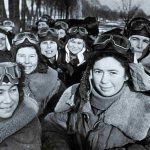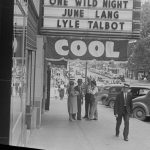While working as a manicurist in her twenties, Bessie Coleman was captivated by stories of World War I aces and daring aviators, thrilling audiences with their aerial stunts. She felt a deep urge to become part of their world.
Being both a woman and African American, Coleman faced significant barriers. Yet, when her brother joked that a black woman would never fly, it only fueled her determination. She resolutely declared, “That’s it! You just called it for me!”
This is the inspiring journey to conquer the skies of Bessie Coleman.
Bessie Coleman’s challenging childhood
Elizabeth (or Bessie) Coleman was born on January 26, 1892, in Atlanta, Texas, as the tenth of thirteen children in a struggling family. Her parents, George and Susan Coleman, worked tirelessly as sharecroppers and laborers.
Bessie, as she was known, had to contribute to the family’s survival from a young age by picking cotton. She walked miles each day to attend a one-room schoolhouse.
Despite the hardships, Bessie’s bright mind and love for learning shone through. She excelled in her studies, particularly in math.
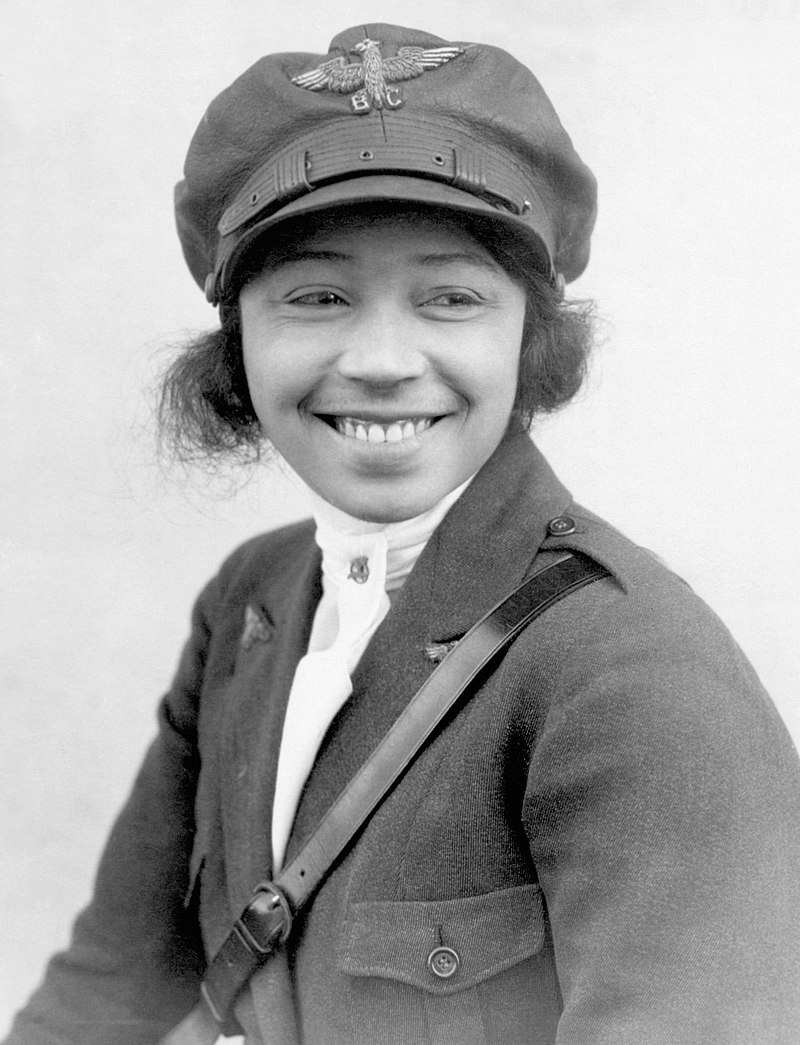
In 1901, after her father moved to Oklahoma in search of better opportunities, Bessie’s mother continued to raise the family alone. At 12, Bessie’s academic journey continued as she earned a scholarship to the Missionary Baptist Church School.
By the time she turned 18, she had used her savings to enroll at the Oklahoma Colored Agricultural and Normal University in Langston, now known as Langston University. However, she just finished one semester and had to return home because of financial constraints.
Bessie’s move to Chicago in the early 20th century was part of the Great Migration, a period when many African Americans sought better opportunities in the North. However, racial prejudice persisted, culminating in the 1919 race riots that marred the city.
Despite these challenges, Bessie Coleman’s dreams of becoming a pilot remained steadfast. That determination ultimately led her to the skies.
Her efforts to become a pilot

In 1915, at the age of 23, Bessie Coleman relocated to Chicago, Illinois, seeking new opportunities. She lived with her brothers and worked diligently as a manicurist at the White Sox Barber Shop.
It was here that Coleman first encountered the exhilarating world of aviation through the stories of World War I pilots returning home.
Determined to pursue her dream of flying, she took a second job managing a chili parlor to save money for flight school. Yet, American flight schools did not admit women or Black individuals.
Coleman luckily found encouragement from Robert S. Abbott, founder of the Chicago Defender, and financial backing from banker Jesse Binga; she was able to turn her dream into a reality.
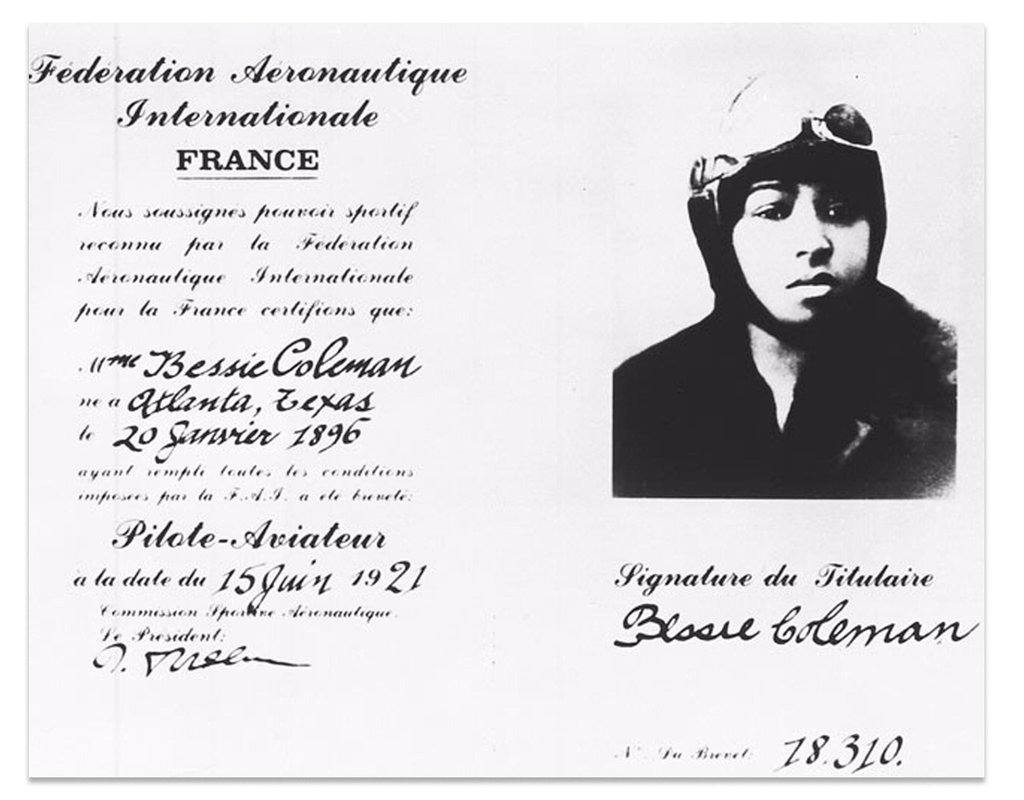
After taking French language classes at the Berlitz Language Schools in Chicago, she crossed the Atlantic to earn her pilot’s license. In France, she trained in a Nieuport 564 biplane, which featured a unique steering system of a thick vertical stick and a rudder bar.
Her training was rigorous, but Coleman’s determination was unwavering.
On June 15, 1921, she achieved a historic milestone by becoming the first Black woman and the first Native American to earn an aviation pilot’s license, as well as the first Black person to secure an international aviation license from the Fédération Aéronautique Internationale.
After further honing her skills with a French ace pilot, Coleman returned to America in September 1921, where she was celebrated as a media sensation.
The rise to fame through airshows
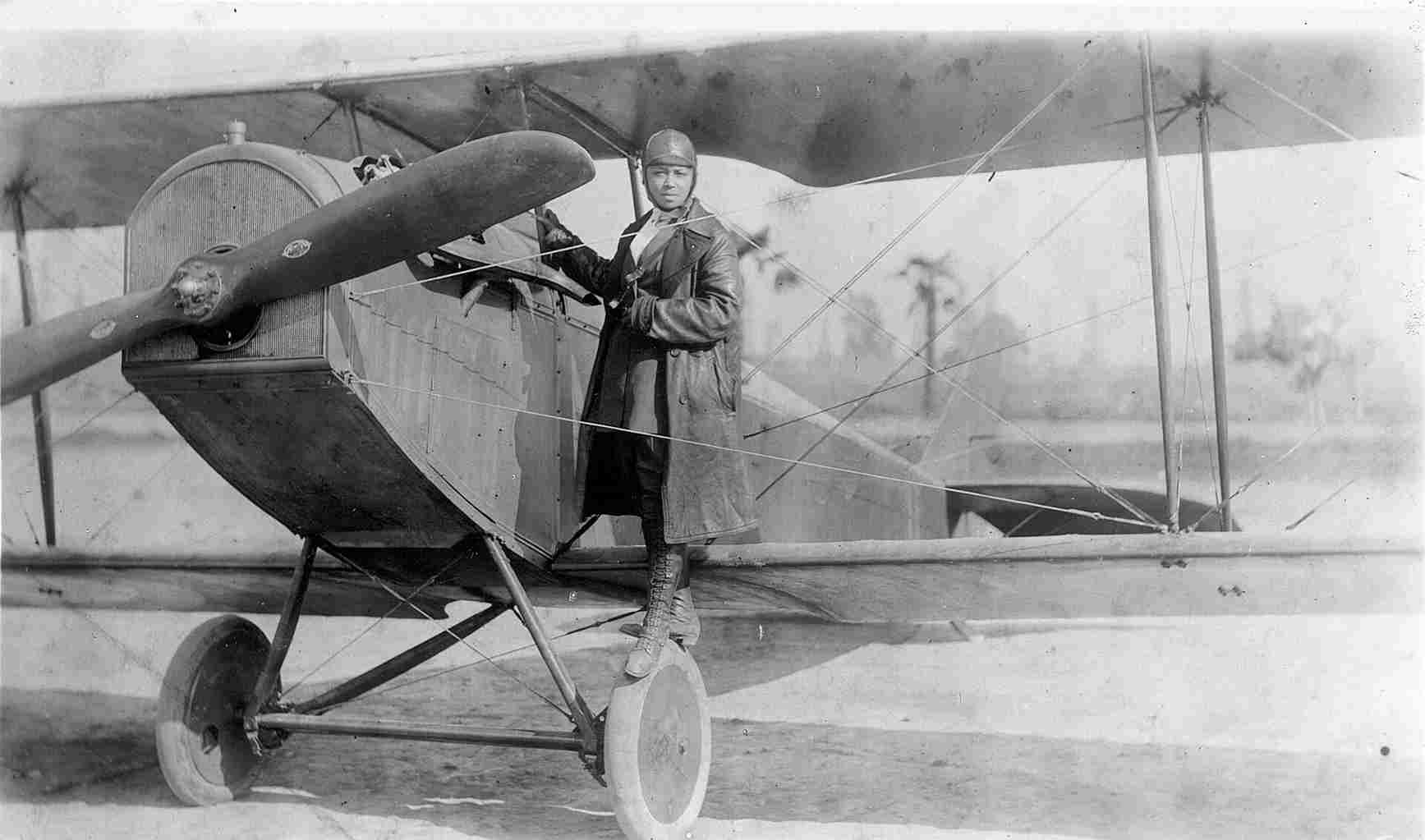
Bessie Coleman realized that to make a living as a civilian aviator, she had to become a barnstorming stunt flier. To excel in this competitive field, she needed advanced training. Unable to find instructors in Chicago, she sailed to Europe in February 1922.
In France, Coleman completed an advanced aviation course, then traveled to the Netherlands to meet aircraft designer Anthony Fokker and to Germany for additional training from Fokker’s pilots. Returning to the U.S., she was now ready to launch her career in exhibition flying.
Coleman began performing in barnstorming shows—a popular form of entertainment at the time. Pilots showcased daring stunts such as loops, tailspins, and wing walking.
Her spectacular performances earned her the nicknames “Queen Bess” and “Brave Bessie,” and she quickly became a media sensation.
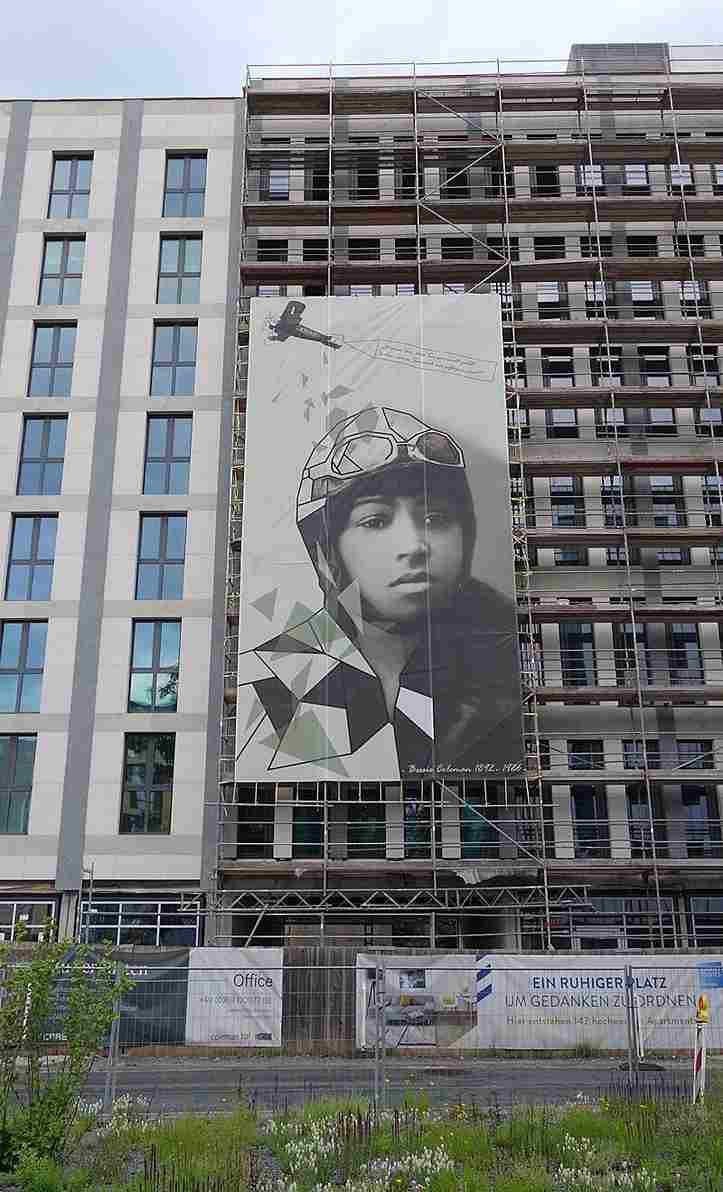
Coleman’s ambitions extended beyond mere entertainment. She sought to inspire African Americans and women to explore aviation, asserting that “The air is the only place free of prejudice.”
She dedicated herself to breaking down racial barriers. She refused to participate in events with segregated entrances. She also turned down a film role that required her to dress in rags.
Instead, Coleman focused on her ultimate goal: establishing her own flight school. To fund this dream, she worked tirelessly, giving talks across the country and performing in numerous airshows.
The tragic end of Bessie Coleman
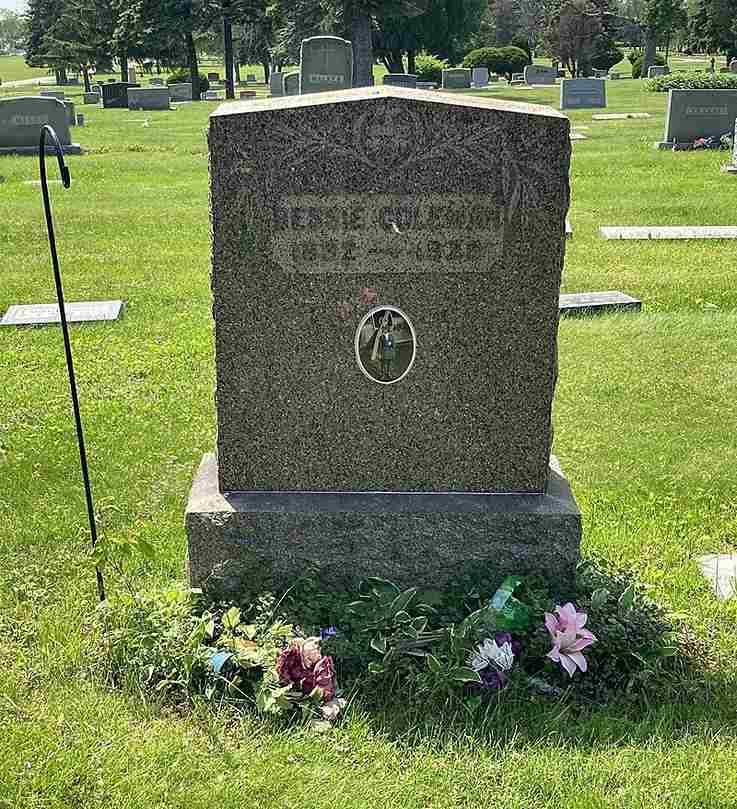
Just months into her barnstorming career, Bessie Coleman faced a serious crash. While flying her Curtiss JN-4 ‘Jenny,’ the engine failed, causing her to plummet 300 feet.
The fall broke several ribs and one of her legs. Although it took a few years for her to fully recover, she bought another Jenny and continued her dream.
On April 30, 1926, tragedy struck again. While preparing for an airshow in Jacksonville, Florida, Coleman’s plane, flown by mechanic William Wills, lost control. Coleman was thrown from the cockpit and fell about 2,000 feet to her death. Wills also died in the crash.
Coleman became a celebrated figure in the African-American community. Thousands attended her funeral, and her eulogy was delivered by Ida B. Wells, a key civil rights leader.
William Powell, who later founded the Bessie Coleman Aero Club, said, “We have overcome that which was worse than racial barriers. We have overcome the barriers within ourselves and dared to dream.” Coleman’s legacy lives on as a powerful symbol of courage and inspiration.

